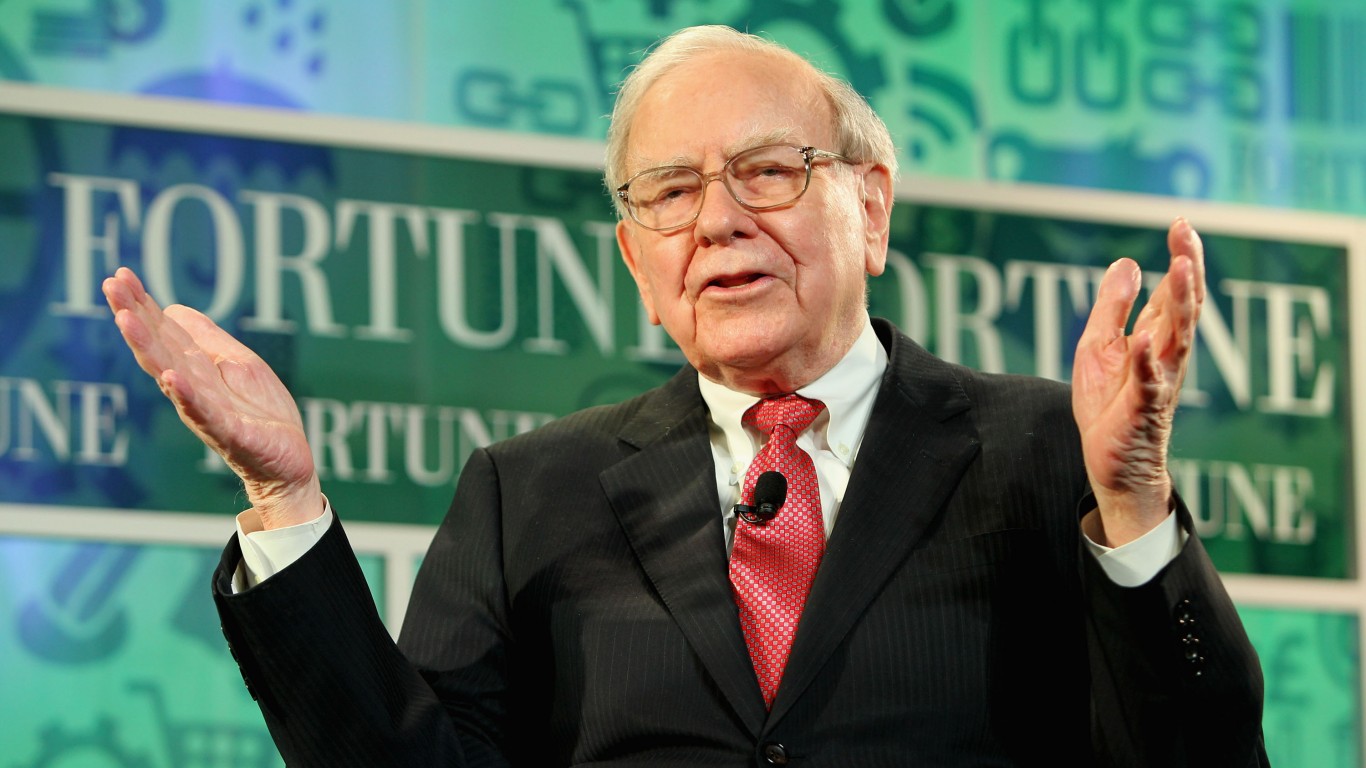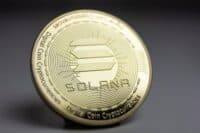
Apple Inc. (NASDAQ: AAPL) is currently the only U.S.-listed company with a market cap of more than $2 trillion. At Thursday morning’s trading price of around $153 a share, the iPhone maker is worth about $2.45 trillion. Before the tech sector meltdown that began in January, Apple’s market cap briefly touched $3 trillion.
[in-text-ad]
Morgan Stanley analyst Erik Woodring thinks Apple can add $1 trillion to its present value when the company focuses less on selling more iPhones, iPads, Macs and Apple Watches and turns its attention to draining the last few bucks out of the pockets of its installed user base. Woodring, who assumed Morgan Stanley’s coverage of Apple Thursday morning, thinks that using his lifetime value, discounted cash flow (LTV DCF) model, Apple’s “long-term valuation upside [is] just over $200 per share, or a >$3 trillion market cap.” Apple is among Morgan Stanley’s Top Picks with an Overweight rating and a 12-month price target of $180.
Woodring believes that Apple meets the five criteria that lead to a successful subscription business:
- A large, stable end-user market
- A high retention/renewal rate
- A platform opportunity to expand customer spending
- A strong, new customer-acquisition plan
- A subscription-based pricing plan
Apple is missing only the last piece, according to Woodring, but it is expanding its “use of financing and installment plans to drive greater affordability” with its iPhone upgrade program, Apple Card monthly installment plans, and its recently announced buy-now-pay-later (BNPL) plan.
He also notes:
From units [times] price to installed base monetization, the Apple model is already evolving toward a more recurring business. The Apple business model is shifting from one that maximizes hardware shipment growth to one that maximizes installed base monetization, underscored by increased services and installed base disclosures, and a move away from reporting units and ASPs [average selling prices]. Installed base monetization is driven by launching new, complementary products, enabling better cross-platform software functionality among products, expanding into new/adjacent markets, and launching a slate of first-party services.
The central issue is convincing the equity market that Apple is not “just a premium, transactional hardware business.” The market, Woodring writes, “does not believe, or is not underwriting, long-term cash flow stability at Apple like it does with other subscription-based, recurring revenue businesses.”
Looking at Apple using Morgan Stanley’s new LTV DCF model suggests “at least 30% upside to Apple’s current stock price.” The LTV model is based on three inputs: product spend per user, services spend per user and installed base growth/churn. Applying those inputs to Apple “implies that over the long-term, total daily spend per Apple user reaches just $2, or a 1% 40-year CAGR [compound annual growth rate] from today vs. 6% over the last 3 years, with installed base growth of just 2% vs. 7% over the last 5 years.”
Most of the growth in spending per user comes from services with a conservative assumption that “the average Apple user spends less on all of Apple’s Services offerings per month ($35/month) than an annual Peloton or YouTube TV subscription.”
Thank you for reading! Have some feedback for us?
Contact the 24/7 Wall St. editorial team.
 24/7 Wall St.
24/7 Wall St.


